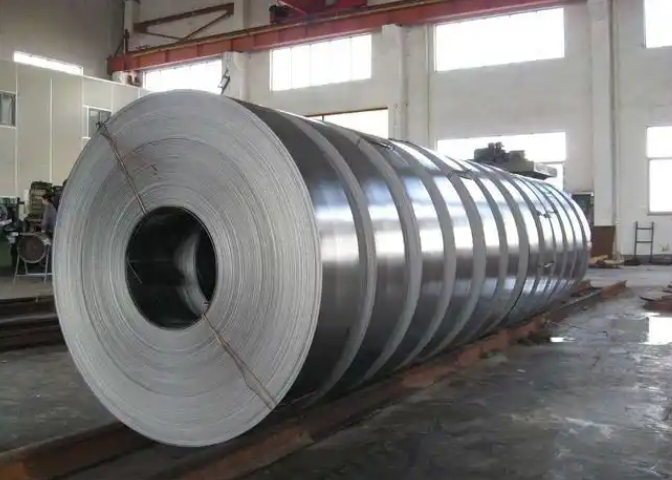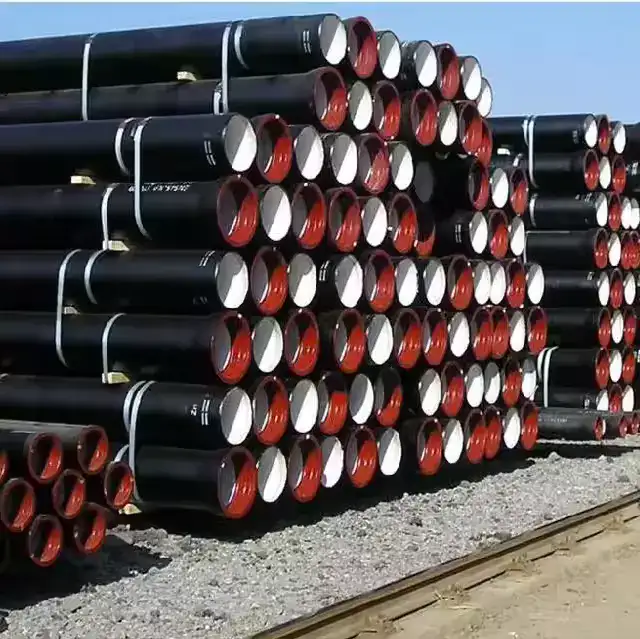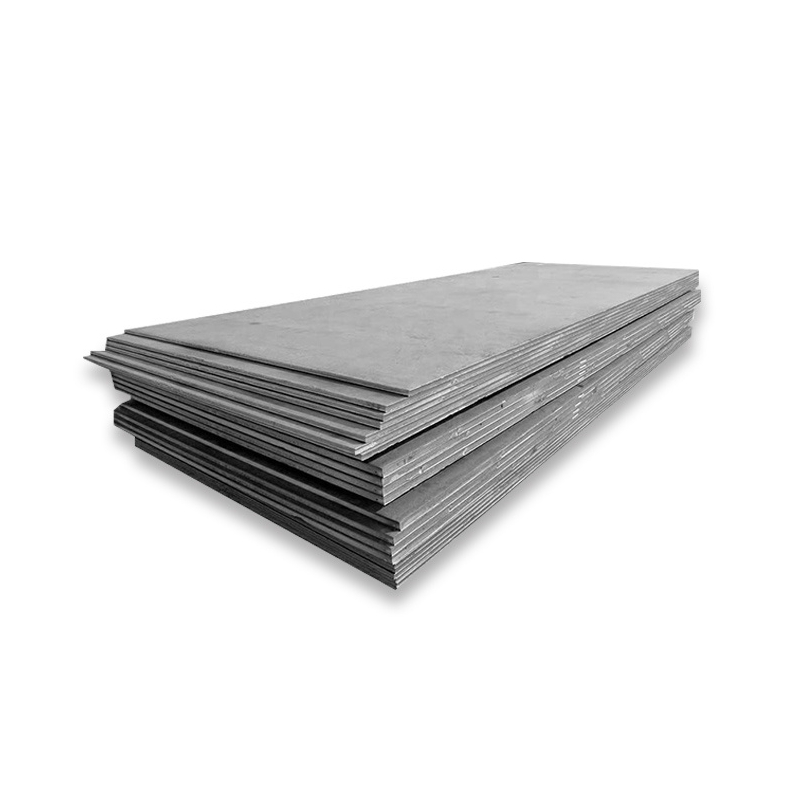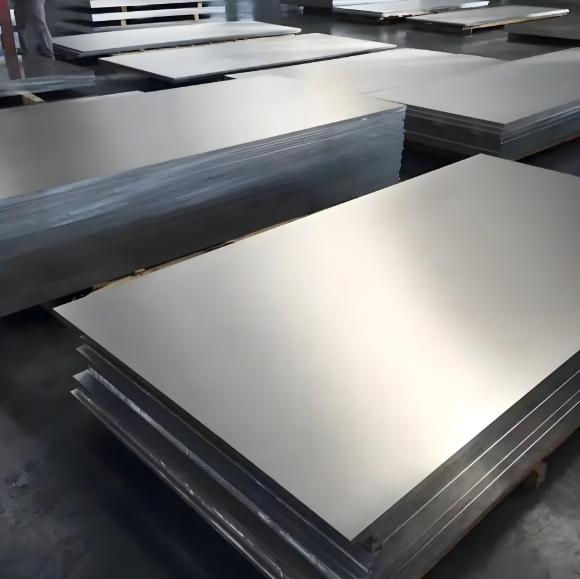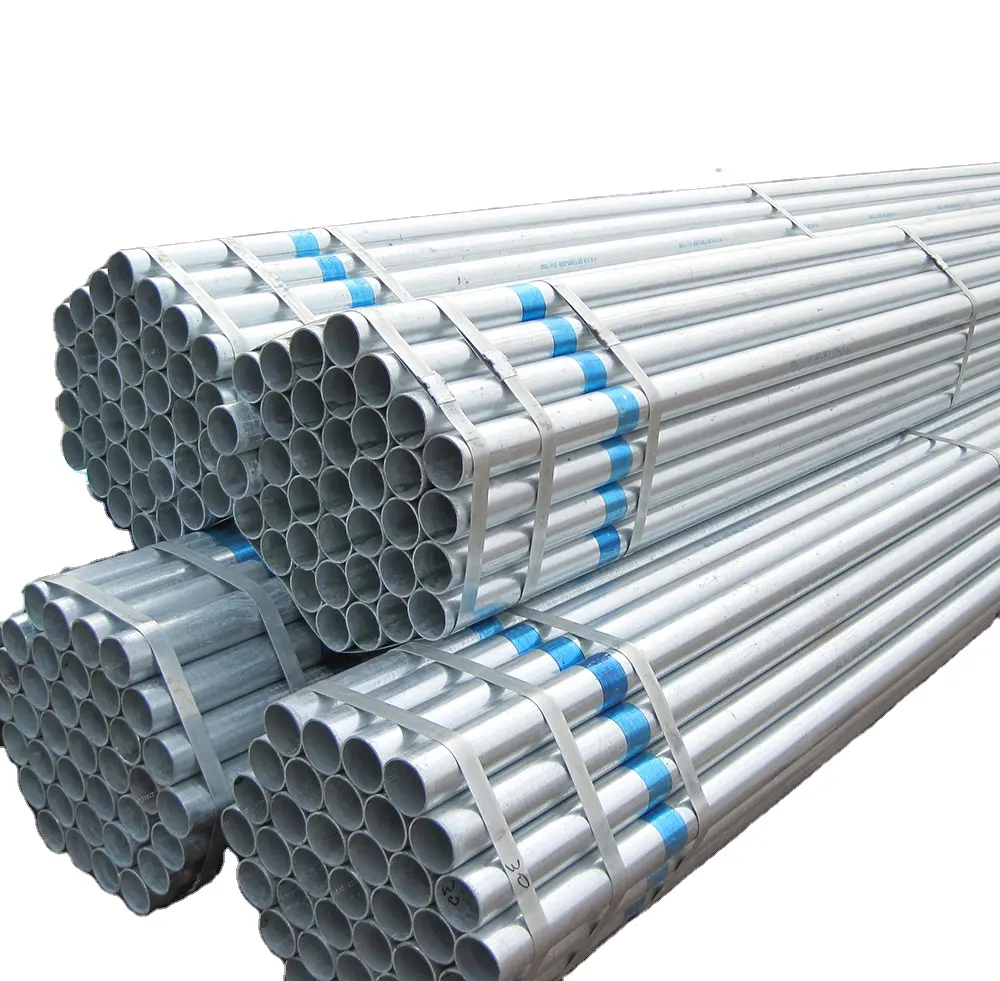A633 Carbon Steel Coil is the backbone of structures battling sub-zero climates. But why do engineers debate Grade C vs. D for Arctic pipelines or cryogenic tanks? Let’s crack open the metallurgical secrets, real-world test data, and installation hacks that separate these grades—plus how to dodge costly material mismatches.
The Cold Truth About Structural Steel Failures
Problem: Standard carbon steel cracks below -20°C, causing 12% of cold-region bridge failures (ASM International, 2023).
Solution: A633 Carbon Steel Coil Grades C and D offer enhanced toughness via normalized rolling and precise chemistry.
Case: Alaska’s Trans-Forest Pipeline cut fracture repairs by 80% after switching to A633 Grade D coils.
⚠ Warning: Using Grade C below -50°C? Brittle fracture risks spike—Grade D’s 27J Charpy impact at -60°C saves the day.
A633 Grade C vs. D: Battle of the Frozen Titans
| Factor | A633 Grade C (Project A) | A633 Grade D (Project B) |
|---|---|---|
| Yield Strength | 345 MPa (min) | 345 MPa (min) |
| Charpy V-Notch @ -40°C | 20J (min) | 27J (min) |
| Carbon Content | 0.22% max | 0.20% max |
| Manganese | 0.90–1.35% | 0.85–1.35% |
| Typical Applications | Cold storage roofs | LNG tankers, Arctic pipelines |
3 Reasons A633 Coils Dominate Cryogenic Zones
1. Manganese Magic for Toughness
Grade D’s optimized Mn (0.85–1.35%) refines grain structure. I once inspected a Siberian oil rig using Grade D—no cracks after -55°C winter storms.
2. Normalized Rolling = Uniform Microstructure
A633 coils undergo 880°C normalization (ASTM A633), boosting impact strength 30% vs. hot-rolled steel.
3. Phosphorus Control Stops Embrittlement
Grade D’s P ≤0.025% (vs. Grade C’s 0.04%) prevents “cold-shortness” in weld zones.
5-Step Guide to Low-Temperature Impact Testing
- Sample Orientation: Cut Charpy specimens transverse to rolling direction—longitudinal overestimates toughness by 15% (ASTM E23).
- Notch Precision: Use 45° ±2° V-notch tools; angle errors ≥5° invalidate results.
- Cooling Protocol: Soak specimens in ethanol-dry ice bath (-75°C) for 30 mins minimum.
- Impact Velocity: Maintain 5–5.5 m/s striker speed; slower hits misread ductile-brittle transition.
- Fracture Analysis: Check for 85% shear fracture—fibrous zones <50% signal embrittlement.
⚠ Warning: Never test A633 steel within 25mm of plate edges—rolled-in defects skew data.
3 Costly A633 Selection Blunders
- Ignoring Thickness Effects: Grade C’s 20J rating applies only to ≤40mm plates. A 60mm bridge flange failed at -30°C.
- Wrong Welding Rods: E7018-G rods caused Grade D HAZ cracks—use E8018-C3 for -60°C service.
- Overlooking Hydrogen: A Canadian pipeline’s Grade D coils cracked from 2.5ppm H₂—bake at 250°C for 4 hours pre-weld.
Future Trends in Low-Temp Steel Tech
By 2028, 40% of A633 Carbon Steel Coil will use TMCP (Thermo-Mechanical Control Process) to hit 40J @ -70°C (WorldAutoSteel, 2023). AI-driven impact testers are also cutting inspection time by 70%.
A633 Buyer’s Checklist for Cryogenic Projects
✅ Confirm Grade (C for -30°C, D for -60°C)
✅ Verify Charpy test temperature matches service conditions
✅ Check plate thickness vs. impact rating applicability
✅ Review mill certs for P/S levels (≤0.025% each)
✅ Validate normalization process (soak time ≥30 mins at 880°C)


